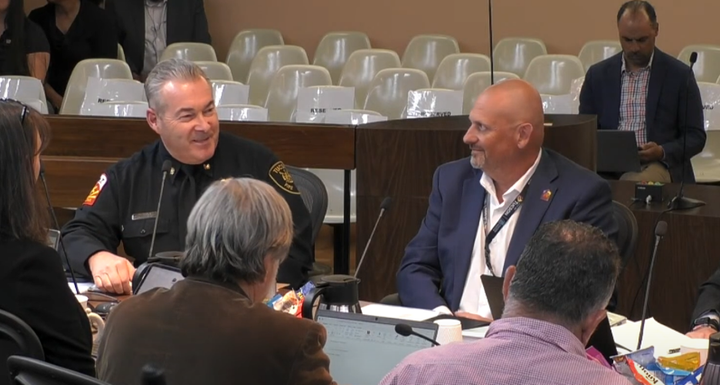
Ministre de Tucson crea iglesia inclusiva para comunidades marginadas
Reverende Ellie Hutchison está creando una comunidad espiritual inclusiva e interreligiosa en Tucson que se centra en personas anteriormente encarceladas y sin hogar, enfatizando la justicia, la ayuda mutua y la bienvenida radical.










